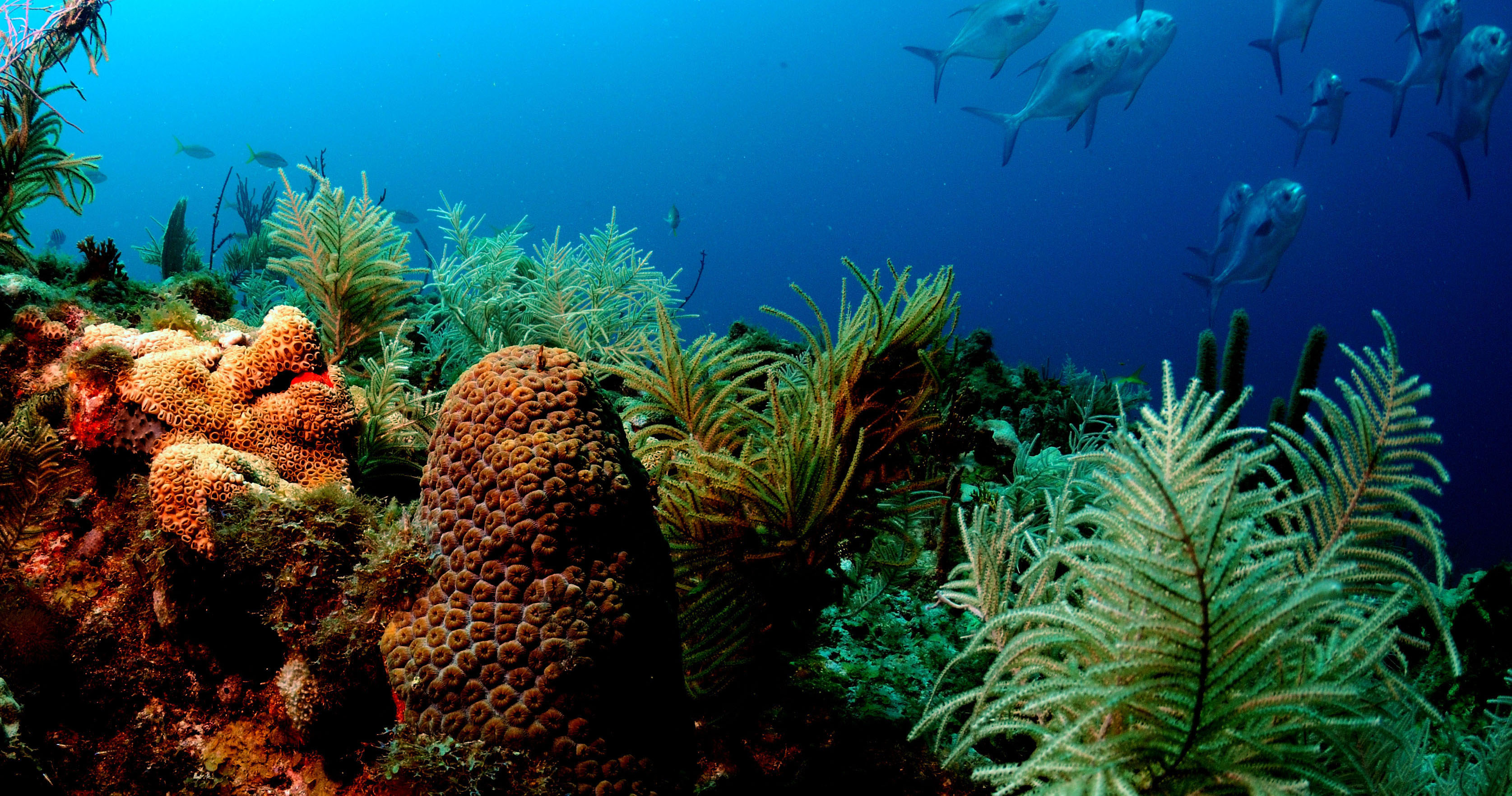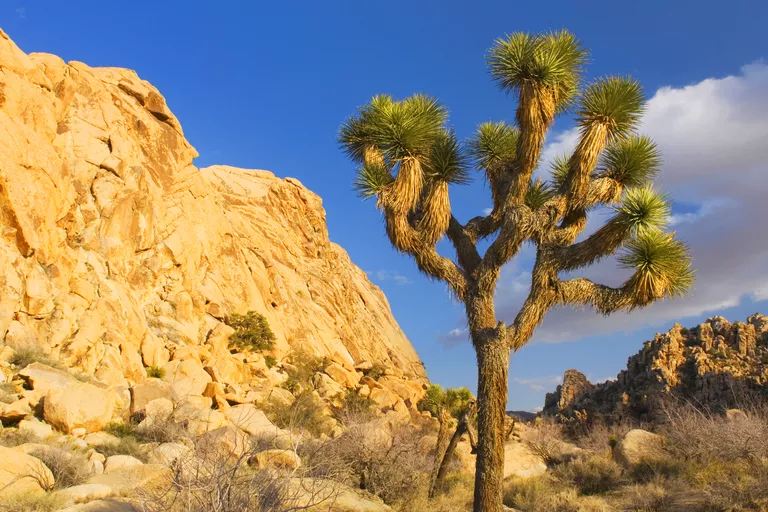Biomes and Climate Study Guide
Introduction:
A biome is a region that has similar climatic factors influencing similar patterns of flora and fauna. These regions are also defined geographically as they usually fall within similar latitudes but are influenced by biological communities. However, biomes do not influence the climate pattern of that region, yet it does impact the climate.
Major Biomes of the World:
Major biomes are characterized by similar vegetation, soil, climate, and wildlife. The major biomes of the world are:
Terrestrial biomes – forest, grassland, desert, and tundra;
Aquatic biomes – freshwater biomes and marine biomes.
Aquatic Biomes
They are classified broadly into freshwater and marine biomes.
- Freshwater includes ponds, rivers, and lakes that have less salt content.
- Marine biomes are the most common biome on the earth as the sea and oceans cover almost three-quarters of the earth’s surface.
- It includes coral reefs, estuaries, and oceans.
Forest Biomes
- It covers nearly one-third of the earth and can impact the overall climate of the earth.
- There are three types of forest biomes – temperate, tropical, and taiga biomes.
- These are spread across the latitudes.
- Tropical forests are warm and humid, and lie near the equator.
- These are the humid regions of the world.
- Temperate forests experience all four seasons and lie at a higher latitude.
- Cold and dry climates influence the taiga forests that lie at even higher latitudes and are covered mostly by snow.
Grasslands
- They are dominated by grass vegetation and a dry, warm climate.
- There are two types of grasslands – tropical grasslands like the savannas characterized by scattered tree vegetation. Temperate grasslands are characterized by taller grass vegetation as in prairies or shorter grass vegetation as in steppes.
Desert Biomes
- They are drier regions of the earth that hardly have vegetation with very high temperatures and cover nearly 20 percent of its surface.
- Desert vegetation is classified into hot and dry, semi-arid, coastal, and cold.
Tundra
Tundra biomes are on the other extreme of the temperature scale! They are extremely inhospitable regions that record the lowest temperature on the earth, with soil hardly visible to sunlight. There are two types of tundra:
1. Arctic
Characterized by mosses, lichens, grasses, and shrubs which are covered mostly by a frozen soil layer called permafrost
2. Alpine
Characterized by pine and evergreen forests.
Climate vs. Weather
What is climate and weather? We commonly confuse the two.
– Climate
It is the weather pattern that happens over a long period in a region of the earth. Biomes are regions showing similar temperature, elevation, humidity, precipitation, wind, and other rainfall patterns.
– Weather
It is more short term, and can change on an almost hourly basis! Weather-related climatic factors divide the climate into polar, temperate, arid, tropical, Mediterranean, and mountainous zones.
Thus, the biome is a region of the earth locally influenced by the climate factors like precipitation and temperature, which influence other abiotic factors.
Conclusion:
- Biomes and climate though they are similar and interdependent, are entirely different factors.
- Biomes have biotic factors influencing the type of community they can form and do not change over time.
- However, climate does change, and the trend of climate patterns though not influenced by the biome, is dependent on the cover of vegetation and other factors that constitute the biome.
- Ultimately, the climate decides the type of biome in a region and not the biome that decides the type of climate zone.
FAQs:
1. Why is climate important for biomes?
The Climate Zone is the deciding factor that decides the type of biome. The climate and vice versa influence biome variety, thickness, and spread. When the biome is changed because of human activities, it impacts the climate pattern, which drastically impacts the biome.
2. Are biomes and climate zones the same?
Biomes are regions on the earth that are influenced by similar climate patterns and have similar vegetation and wildlife communities. Climate is the longer trend in the weather that defines the weather pattern in a year in general. So, biomes and climate sones are different.
3. What is a climate region?
A climate region is a region on earth that will have a similar weather pattern over some time. There are different climate regions like polar, temperate, arid, tropical, Mediterranean, and mountainous.
4. What is the difference between biomes and ecosystems?
An ecosystem is the local region and is defined within a particular area where biotic and abiotic components interact. In comparison, biomes are larger regions on the earth influenced by a similar climate pattern, deciding on the flora and fauna types. Biomes will have many locally ecosystems independent of the climate pattern per se, unlike a biome type.
5. Why does temperature define biomes?
Temperature is an abiotic factor that influences several other abiotic factors like rainfall, humidity, and precipitation. So, the temperature is very important in defining the type of biomes.
6. What factors determine biomes besides climate?
Other factors besides climate that decide the type of biome are plant and animal adaptation, biodiversity, and human activity.
7. What is the relationship between climate and latitude?
Latitude is the distance from the equator, with the temperature dropping for every latitude towards the pole. The light rays from the sun, so the energy or heat and light reaching the earth’s surface are also less. So, the climate pattern changes with increasing latitude away from the equator – hotter near the equator and colder towards the poles.
We hope you enjoyed studying this lesson and learned something cool about the Biomes and Climate! Join our Discord community to get any questions you may have answered and to engage with other students just like you! Don’t forget to download our App to experience our fun, VR classrooms – we promise, it makes studying much more fun! 😎
Sources:
- Difference Between Climate and Biome. http://www.differencebetween.net/science/difference-between-climate-and-biome/. Accessed on 1 Dec, 2021.
- Climate and Biomes. https://serc.carleton.edu/eslabs/weather/4a.html. Accessed on 1 Dec, 2021.
- The Five Major Types of Biomes. https://www.nationalgeographic.org/article/five-major-types-biomes/. Accessed on 1 Dec, 2021.
- Biomes and Climate. https://flexbooks.ck12.org/cbook/ck-12-biology-flexbook-2.0/section/6.8/primary/lesson/climate-effects-on-biomes-bio/. Accessed on 1 Dec, 2021.



